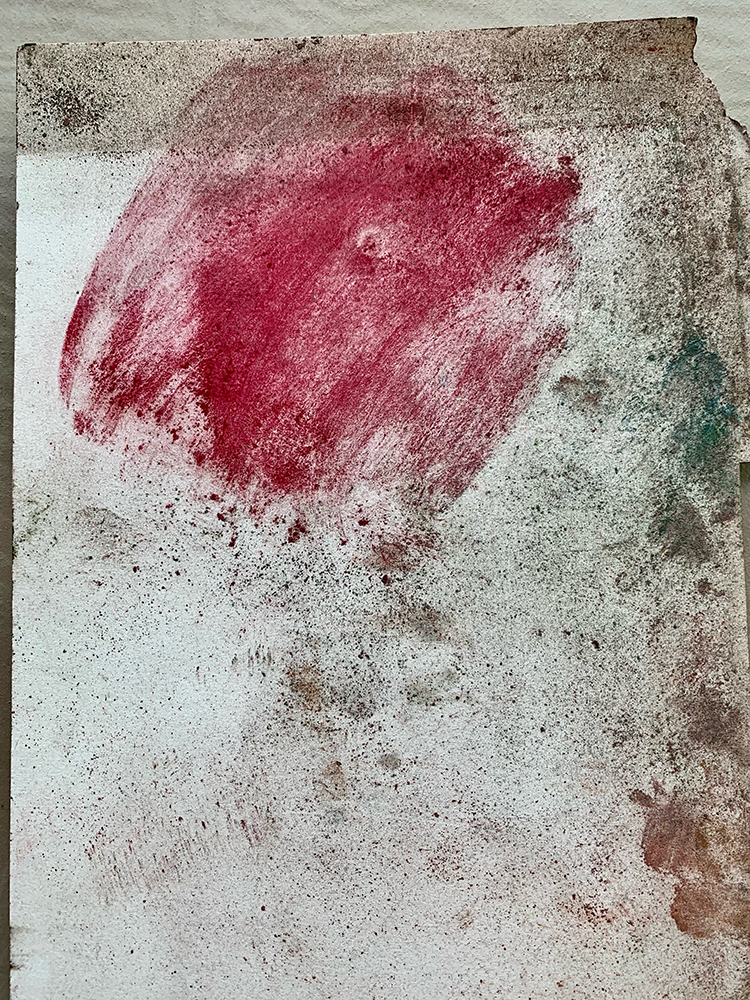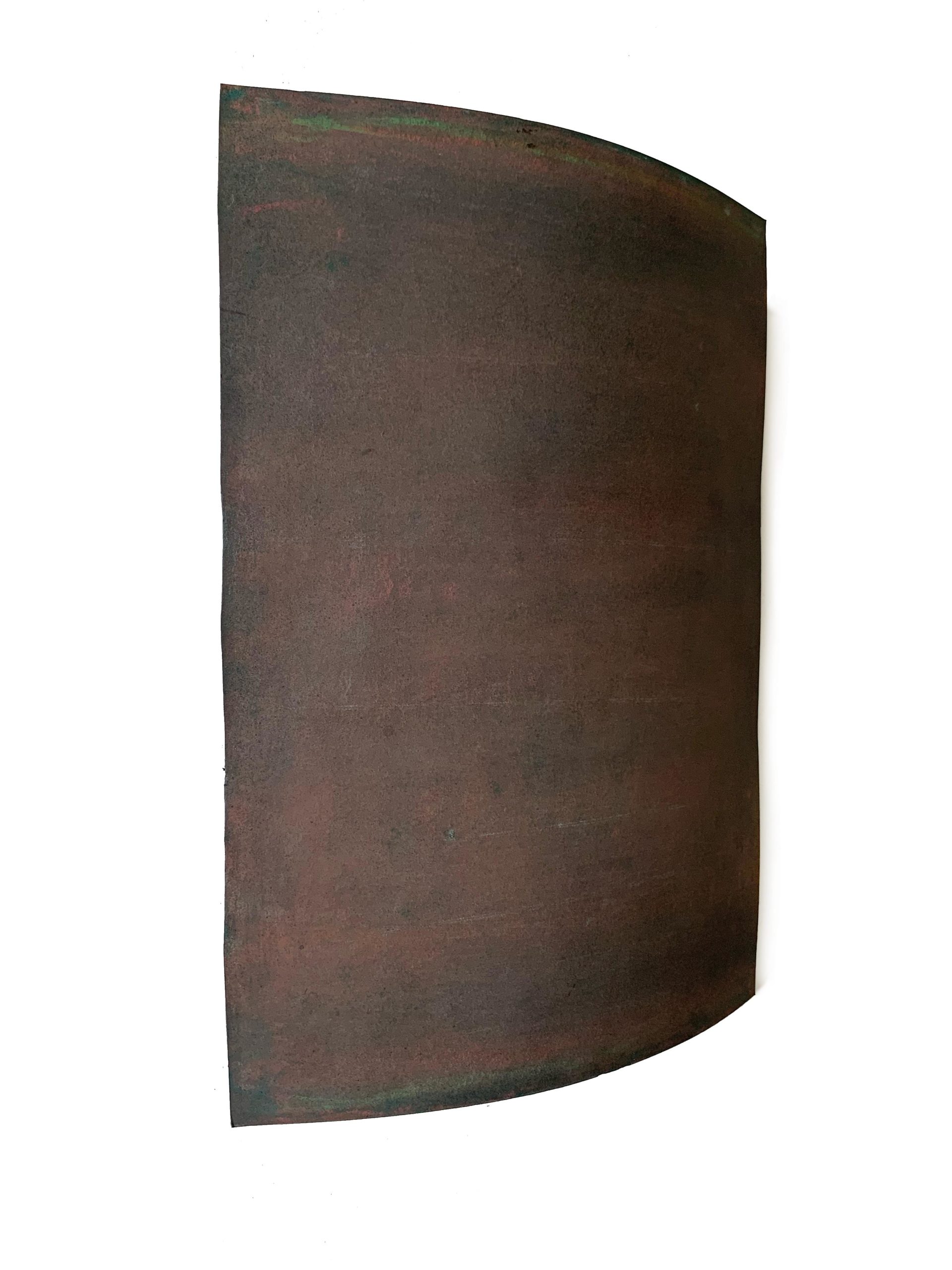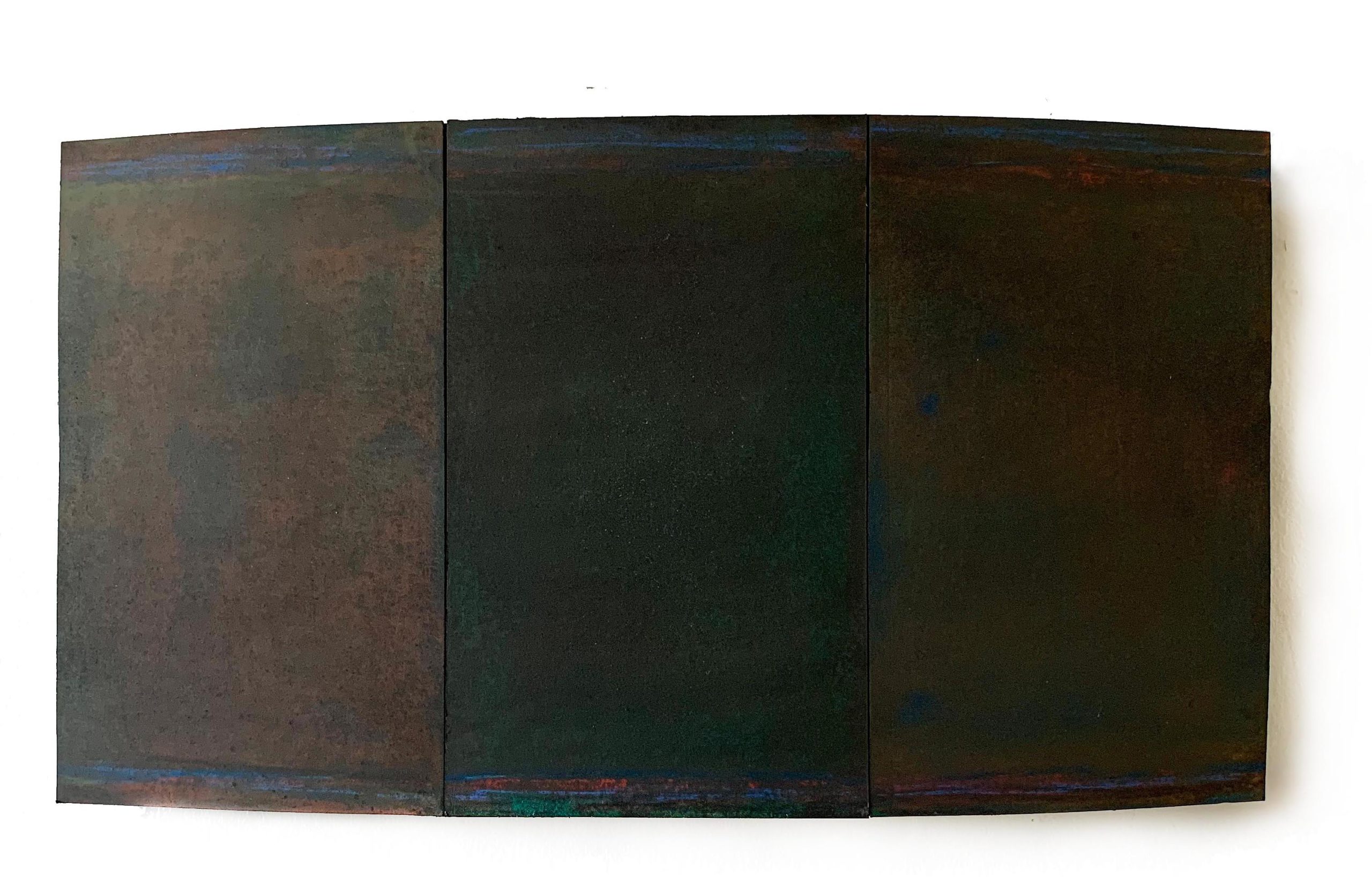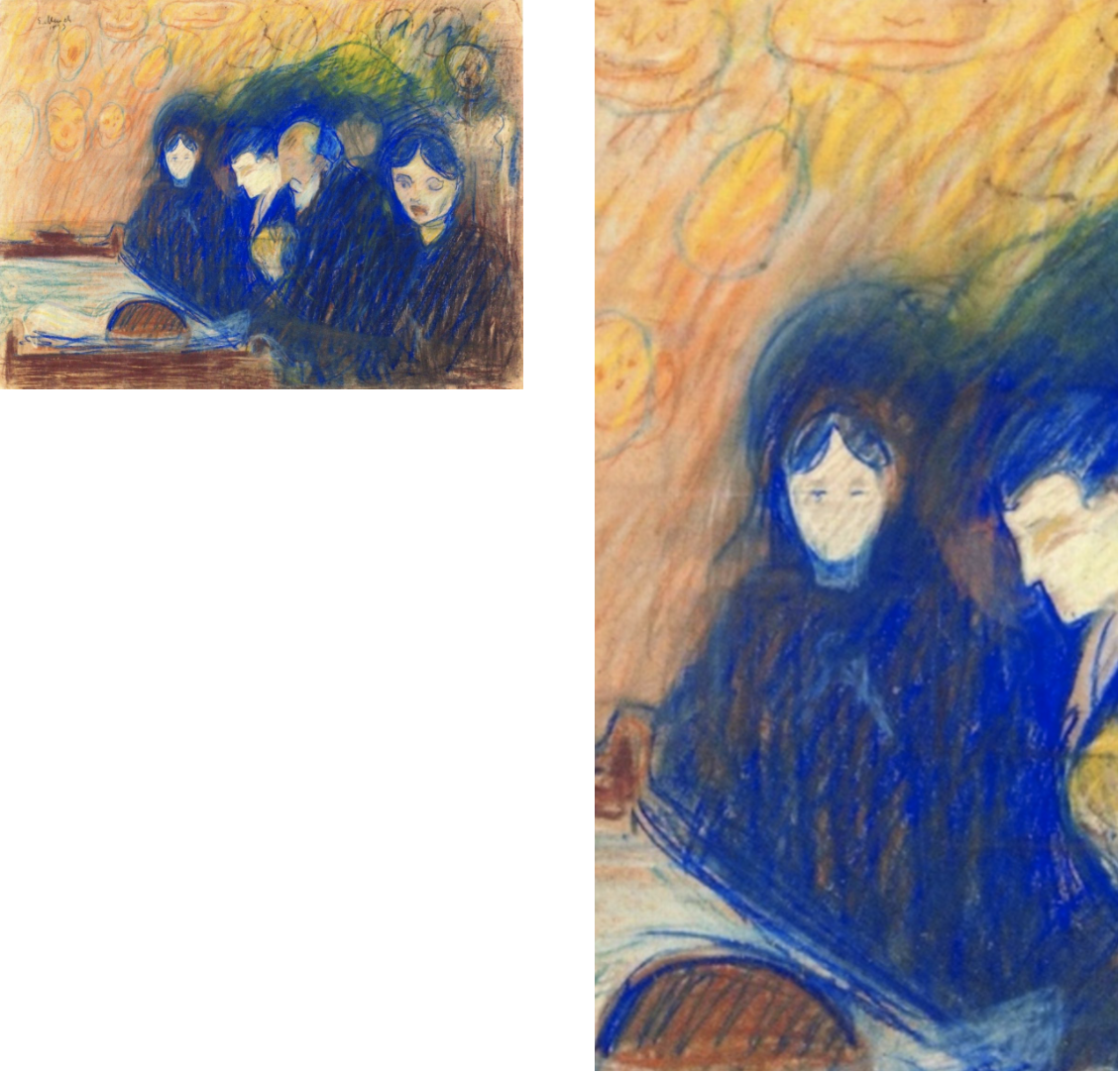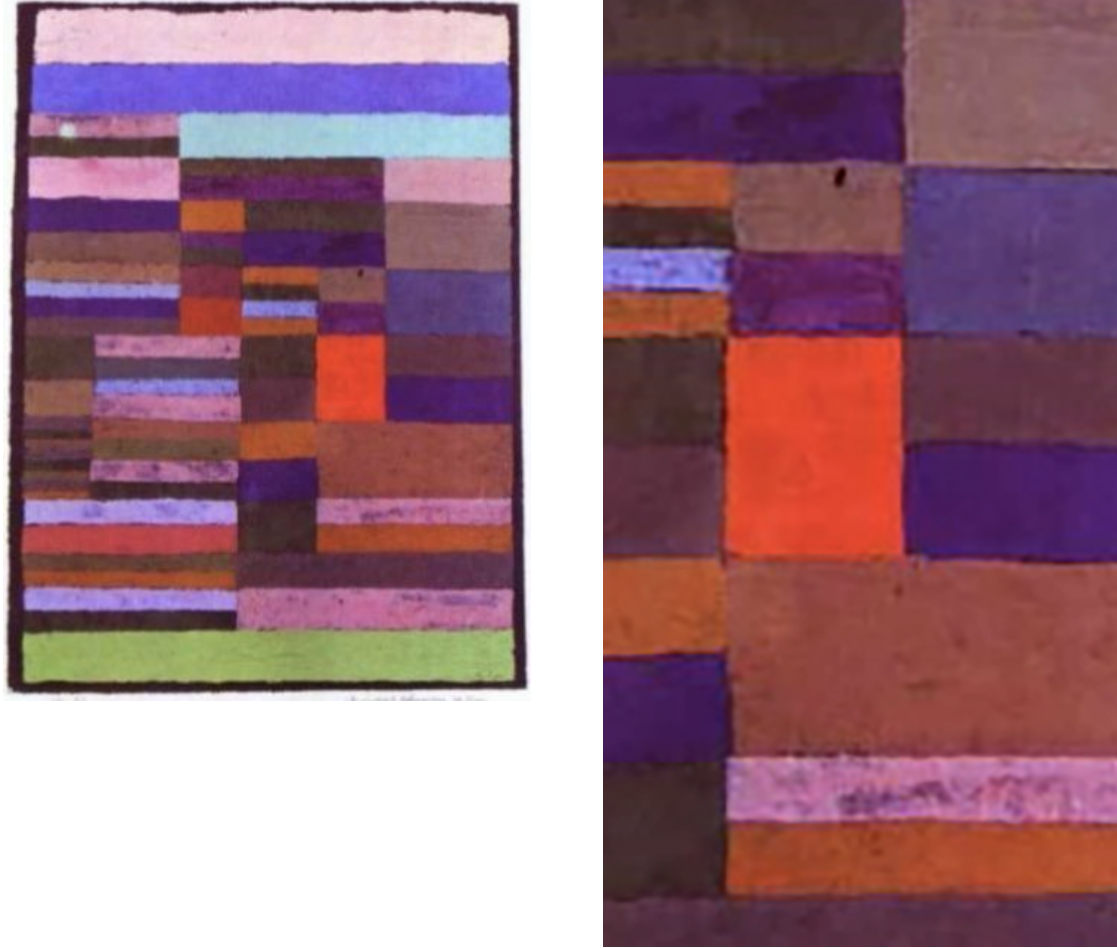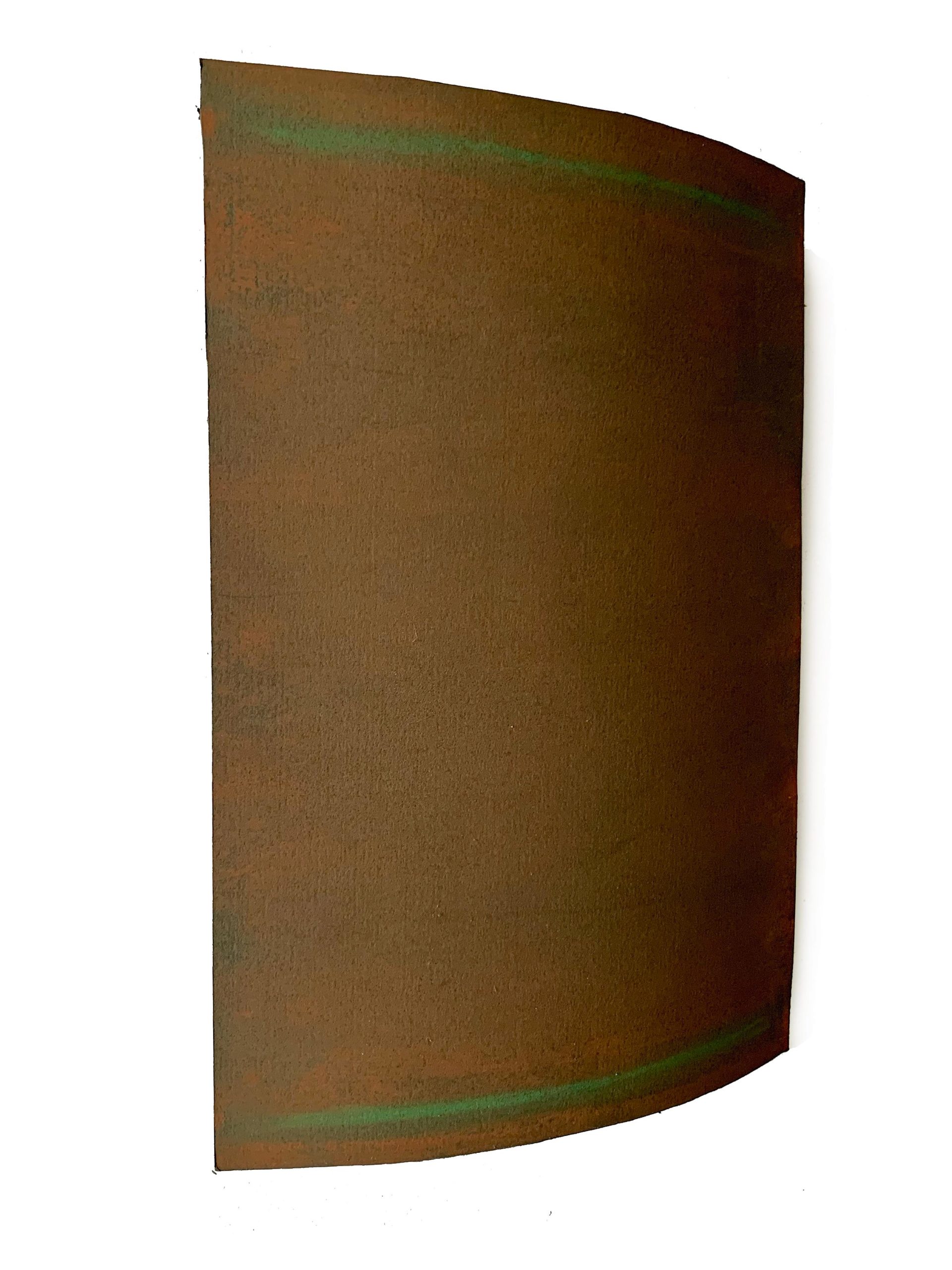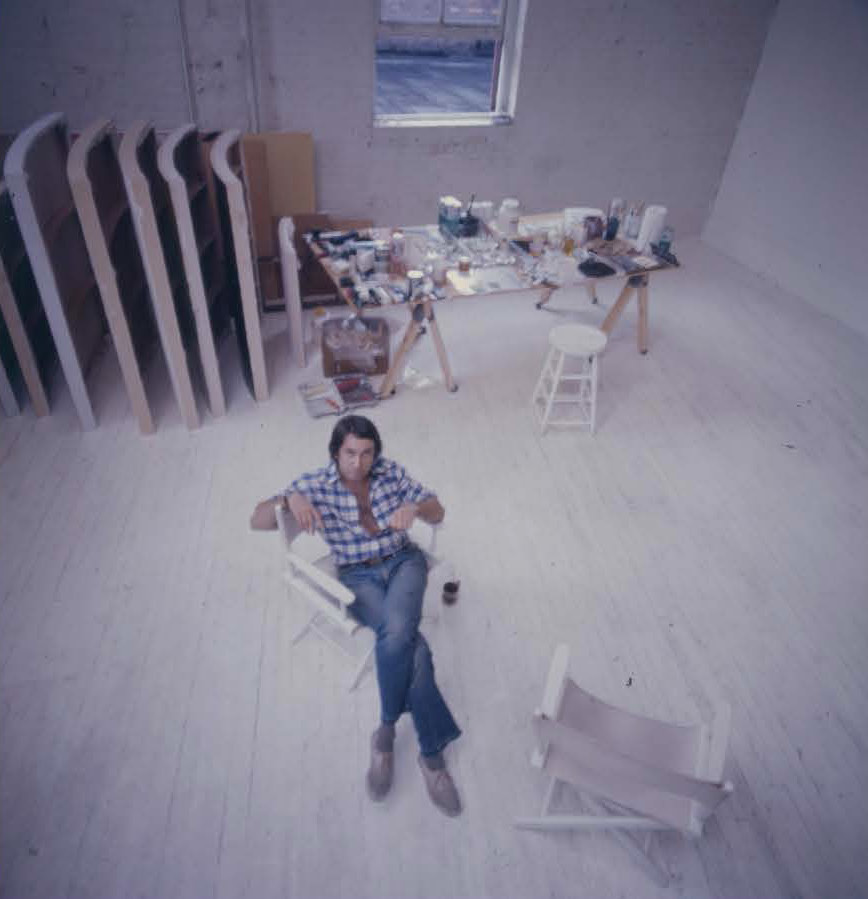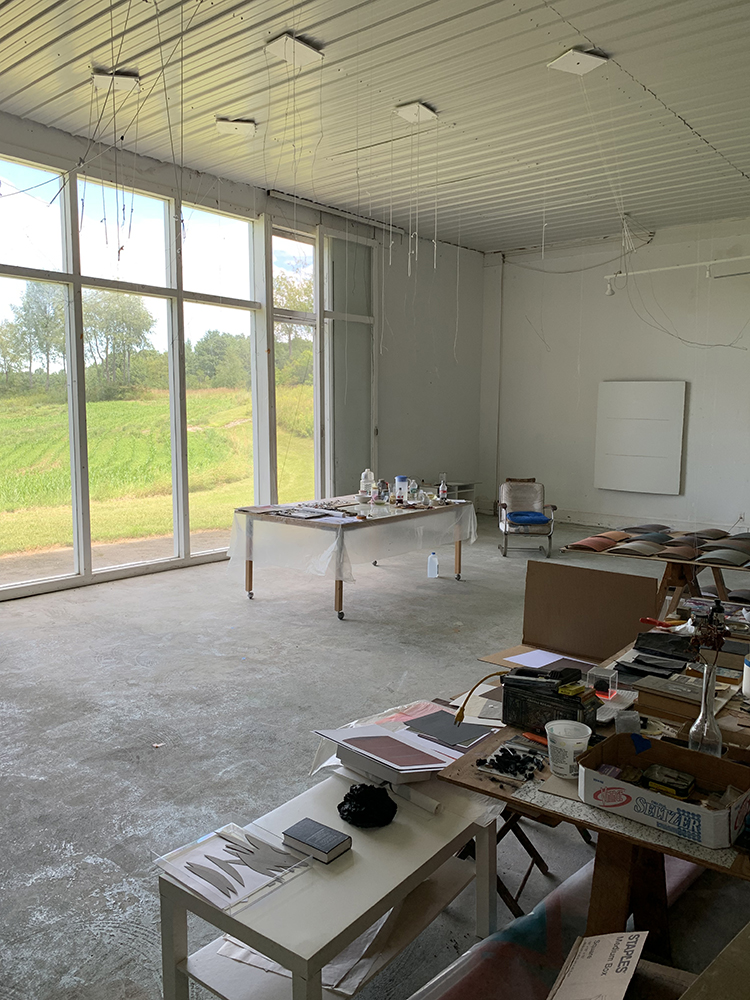No products in the cart.
Studio Update #8 The Pastel’s Eye
Hello everyone,
I hope you are all well and emerging from this dark pandemic and enjoying being in the thick of summer as we are.
In this studio update I’d like to take you into an inner view of some of my pastel works done from the mid to late 70’s. Previously in Studio Update #3 we began this process, which you can access here. Rediscovering all these works has been like opening a time capsule for me.
All of these pieces were done in New York City and any references to landscape or the natural were absent. The objective was to enter into the interior of color and light. My studio on White Street was painted all white in 1974 to avoid any interference of the environment.
Finding the best way to convey to viewers the ephemeral yet deeply physical medium is a challenge. One of my experiments has been to use video to convey the pictorial experience and delicacy of the medium. Below is our first attempt, I hope you enjoy it.
Below is a selection of these formative works, made at the White Street studio from 1975-77.
Front View
Untitled
Pastel on mounted paper
12 1/2″ x 8 1/8″
1976-77
Side View
Untitled
Pastel on mounted paper
12 1/2″ x 8 1/8″
1976-77
Front View
Untitled
Pastel on mounted paper
11 7/8″ x 8 1/2″
1977-78
Side View
Untitled
Pastel on mounted paper
11 7/8″ x 8 1/2″
1977-78
Front View
Untitled Triptych
Pastel on mounted paper
12 1/2″ x 8 1/8″
1976-77
Untitled Triptych
Side View
Untitled
Pastel on mounted paper
14 1/2″ x 7 7/8″
1976
Some of my reflections on pastel:
Chalk pastel in particular is a very immaterial medium while at the same time being very sensuous. It leaves all marks to be seen, yet it creates an aura of light and color that acts like camouflage. On a recent visit to Metropolitan Museum of Art I was entranced by the pastels of Odilon Redon and Edward Munch, who both explored this sensitive material to a fine degree.
Odilon Redon
Madame Arthur Fontaine
Pastel on paper
28 1/2″ x 22 1/2″
1901
Edward Munch
By The Deathbed
Pastel on cardboard
23 1/4″ x 30 7/8″
1893
In more traditional examples from artists such as Mary Cassatt or Jean Francois Millet, pastels are used to either depict the complexity of skin and the life under it, or the shimmers and layers of morning light. This medium has the unique power of creating a complex layered atmosphere through relatively simple means.
Marry Cassatt
Baby in His Mother’s Arms, Sucking His Finger
Pastel on paper
1893
Jean Francois Millet
Watering Horses, Sunset
15″ x 19″
Pastel on paper
1866
In the most contemporary example, Paul Klee also uses the medium as an abstraction, crafting defined flat color spaces, but yet maintaining a sense of depth and atmospheric explosion at the edges where colors meet.
Paul Klee
Individualized Altimetry of Stripes
Pastel on paper
1930
These pastel works from the 70’s have the sense of an enigmatic fence, existing in-between a place of sculpture and painting. Despite their great ability for illusionism, they are also simultaneously deeply honest. Pastels always leave a trace whether intentional or not. These pastel works were initially preparatory for the paintings at the time, designed to be mounted on a bent surface, but it became evident that work was far from just preparatory. Their presence speaks for themselves and the existence between the pictorial and physical. Every grain of pigment takes its rightful place, here everything matters.
Front View
Untitled
Pastel on mounted paper
10 1/2″ x 7 1/8″
1978
Side View
Untitled
Pastel on mounted paper
10 1/2″x7 1/8″
1978
White Street Studio, New York City, 1975
Contact sheets from the White Street Studio circa 1970’s.
Current Studio, Buskirk NY, 2021
Our mailing address is:
georgerpeck@gmail.com
https://www.instagram.com/gpeckstudio/
https://www.instagram.com/gpeckworks/
https://www.georgepeck.net/
Date:
October 17, 2022


